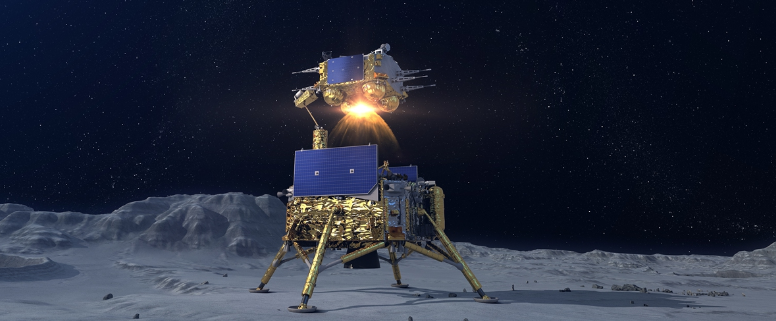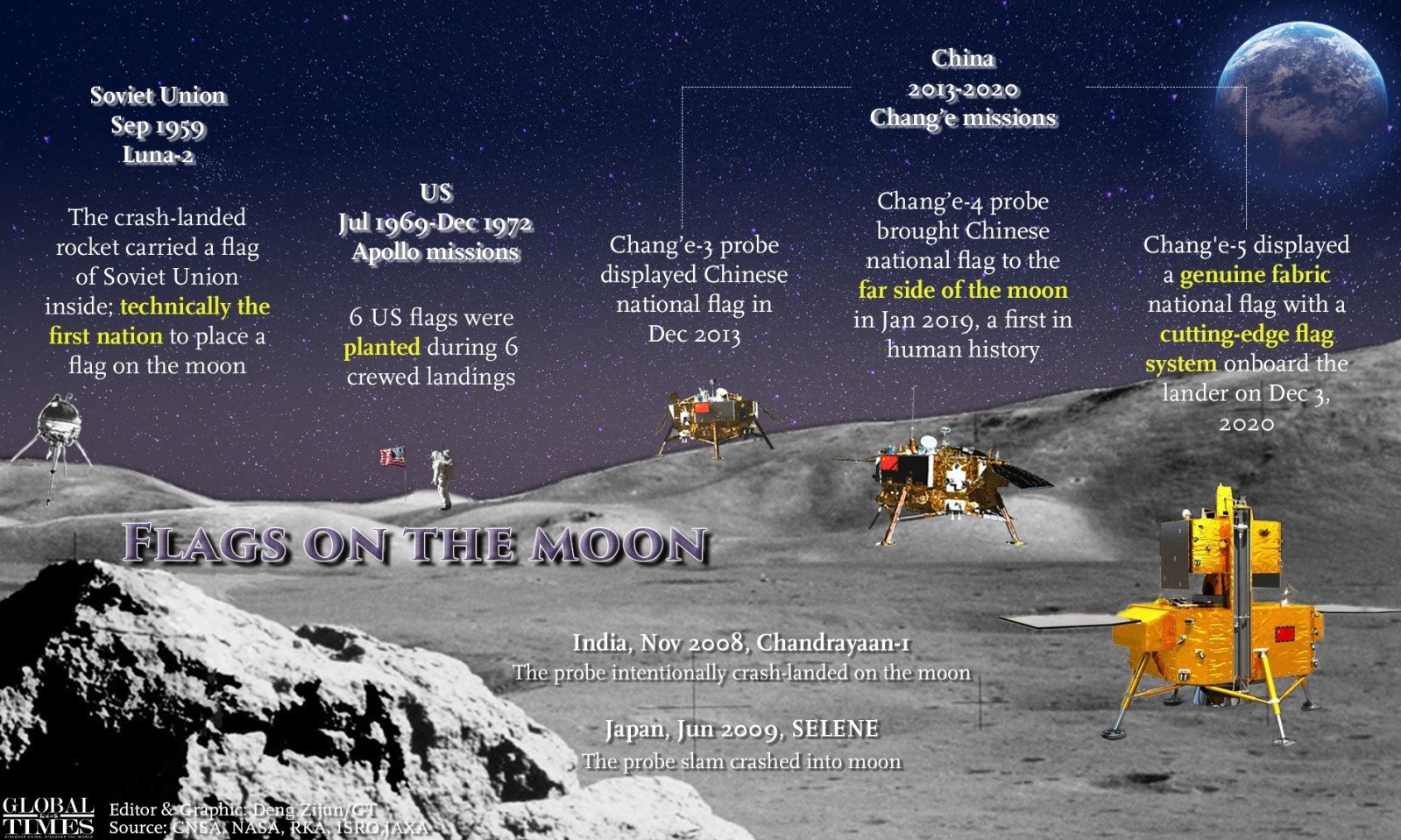Free Courses Sale ends Soon, Get It Now


Free Courses Sale ends Soon, Get It Now



Disclaimer: No Copyright infringement intended.
Context
About Chang'e 5
The Findings
Significance

© 2024 iasgyan. All right reserved